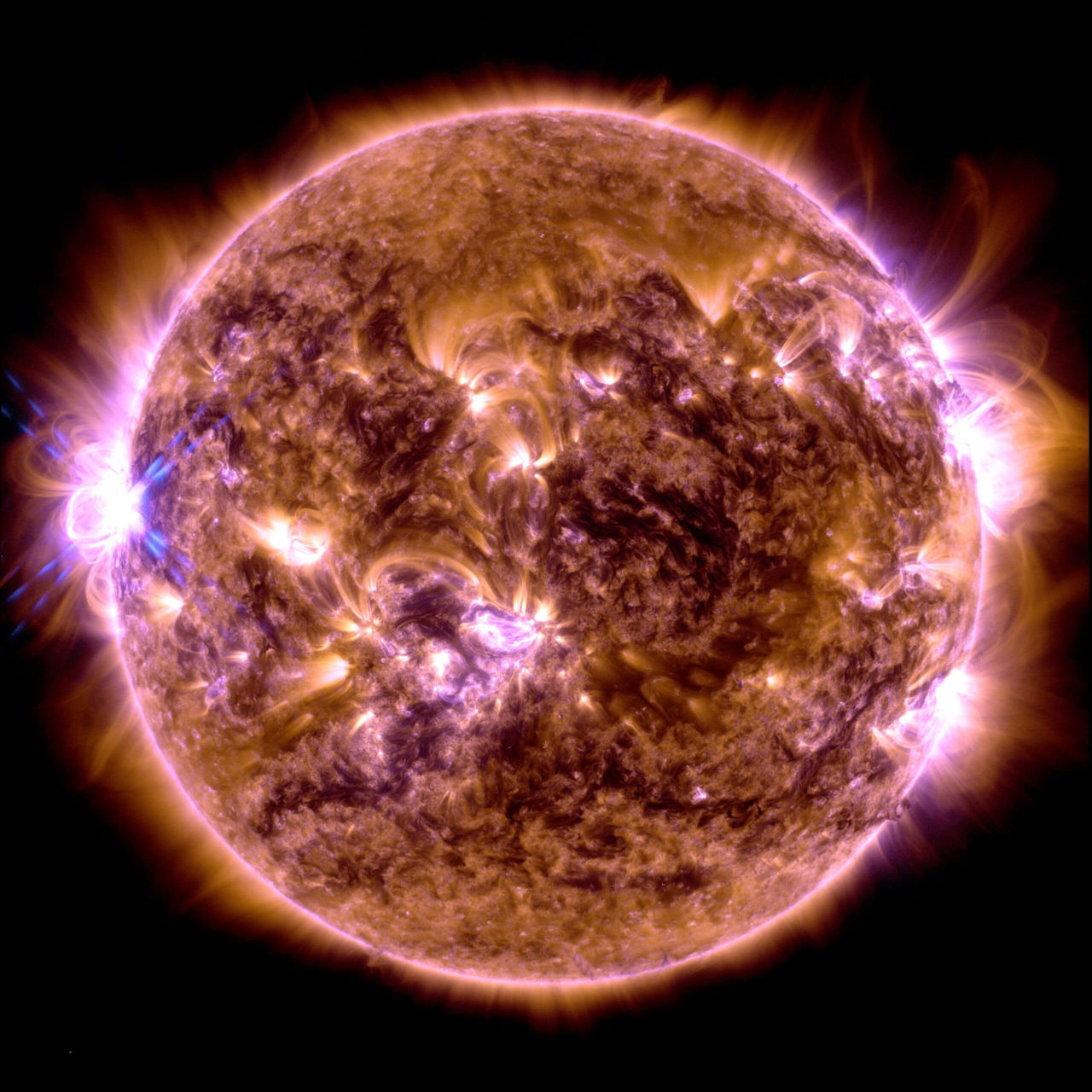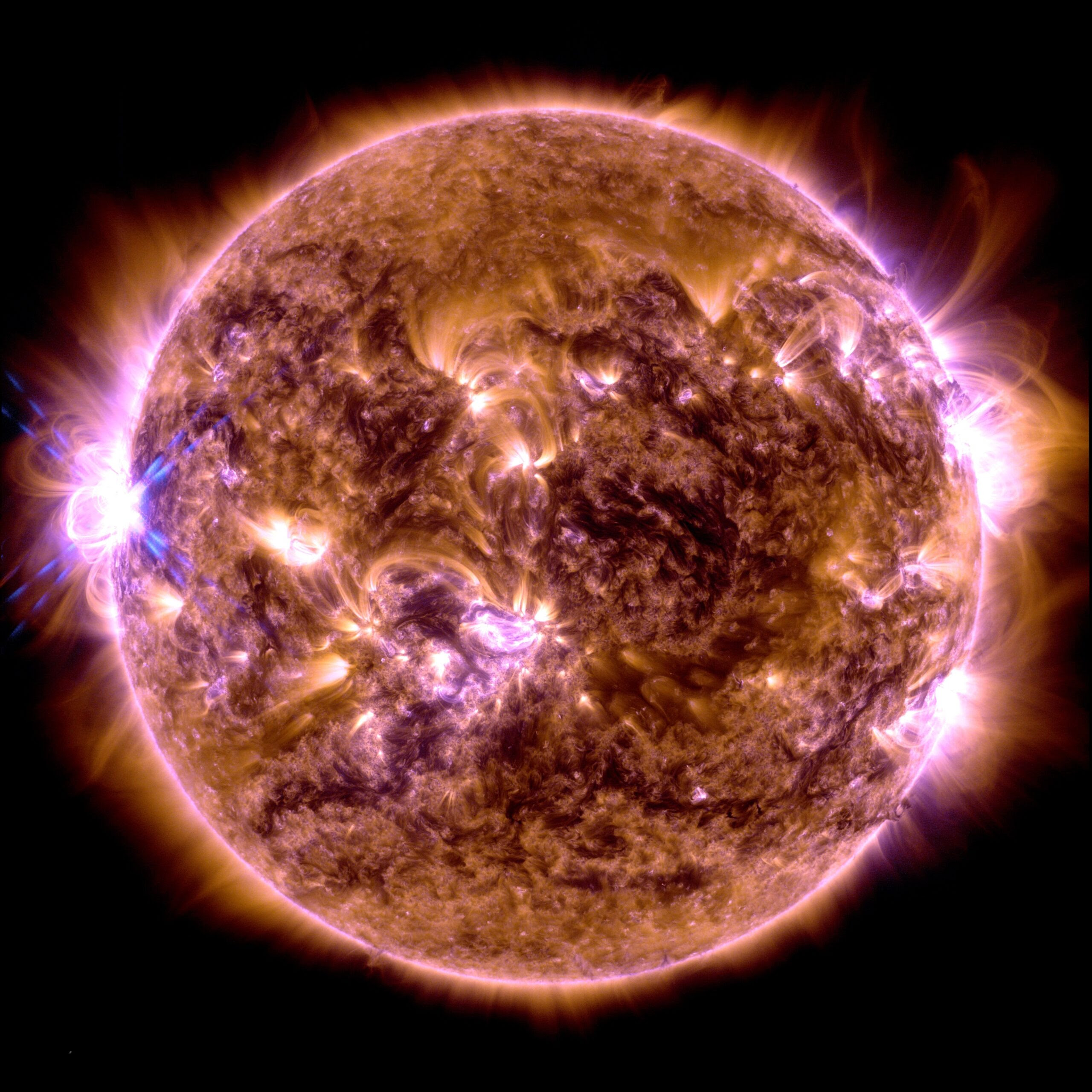
A solar storm is an explosion of plasma in the Sun and results in a coronal mass ejection towards the Earth. In September 1859, Richard Carrington, an English amateur astronomer, witnessed a flash of light from the Sun in the vicinity of London.
This event has since been called the Carrington event, and it was the largest coronal mass ejection of the modern era. It reached the Earth eighteen hours after its release and caused aurora borealis that were observed in the tropics and caused major failures in telegraph systems.
This phenomenon occurred a few months before the solar maximum of 1860. It was not, however, the most important solar storm, the latter being called the Myake event, and it took place in 774 AD. Its existence was confirmed by the high quantities of carbon 14 present in the ice cores, in much higher concentration than during the Carrington event. Currently, the maximum activity of the Sun should be reached in July 2025 and a strong solar storm could have consequences on the functioning of all systems sensitive to electromagnetic disturbances.
The plasma that makes up the coronal mass ejection is composed of charged particles that, when they reach the Earth, interact with the magnetic field that surrounds and protects the Earth. The most remarkable consequence is the formation of the aurora borealis and the aurora Australis, but some people also wonder about the possible effects of the movements of tectonic plates, which could be the cause of earthquakes and tsunamis.
The highest risk identified by scientists for a G5 phenomenon, on a scale of 1 to 5 of the U.S. Oceanic and Atmospheric Observation Agency, is the technological risk. The currents induced during these geomagnetic storms can exceed one hundred amperes and pass through the electrical grid. A phenomenon of the magnitude of Carrington could cause damage to various network components and large-scale blackouts, as happened in Canada in 1989.

That year, the solar storm was three times smaller than the Carrington event and left five million people without power for nine hours. Researchers estimate that this type of event can occur every fifty years or so, whereas a major storm would occur only every five hundred years. Such a solar storm could disrupt communication and navigation systems because satellites would certainly be damaged by induced currents, or even dislodged from their orbit, without the possibility of being recovered.
Radio waves could also be affected by the effects of energetic particles on the Earth’s atmosphere, causing electrical blackouts and damage to high-frequency systems. The absence of GPS signals would not allow some systems, especially military ones, to function and the impact on marine cables that connect continents would deprive users of the Internet. The disruptions could last several weeks and NASA estimates the cost at one thousand billion dollars, only for the United States.
Another study identifies between twenty and forty million people in the United States affected for a period of sixteen days to two years. In the event of a Myake-type event, the impact would be felt for several months before systems degraded by the geomagnetic storm could be replaced. To reduce the threat caused by this type of event, researchers are working on protective systems, such as Faraday cages or systems that can dissipate energy, and monitoring and resilience strategies.




